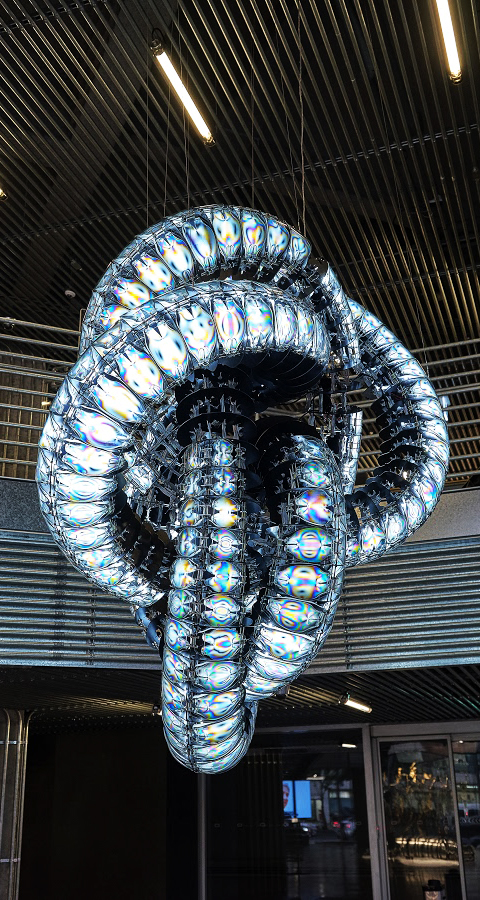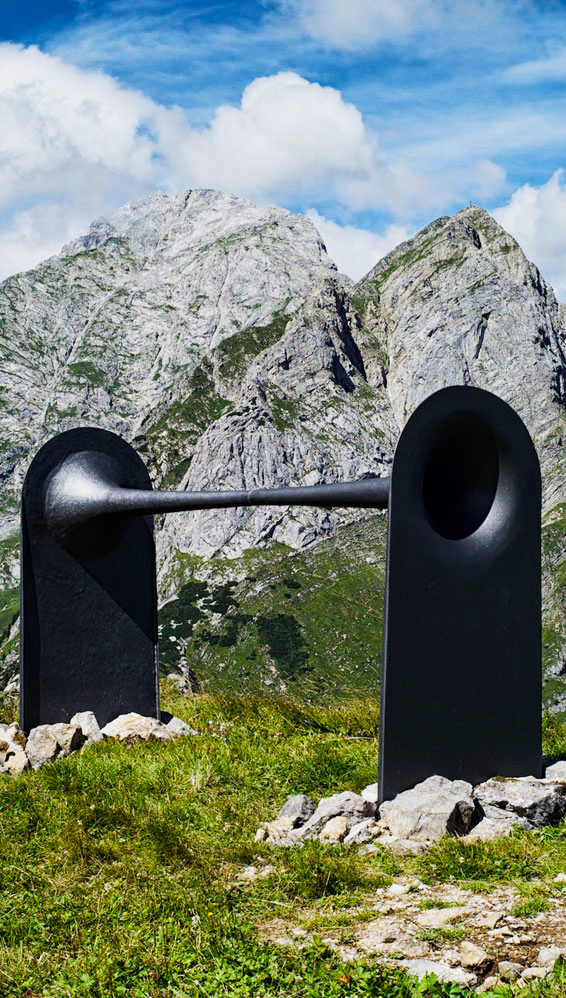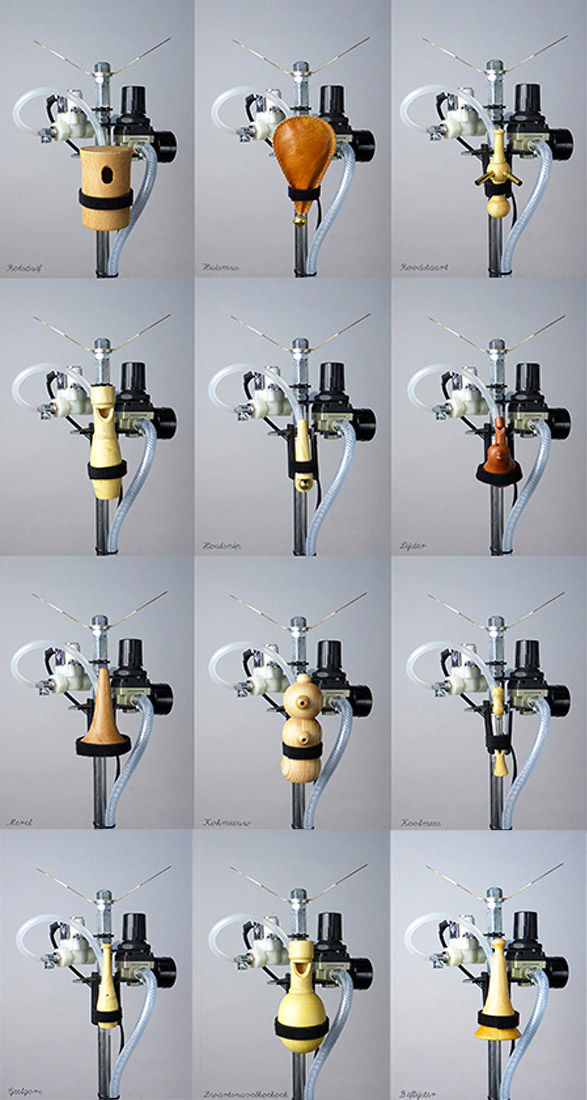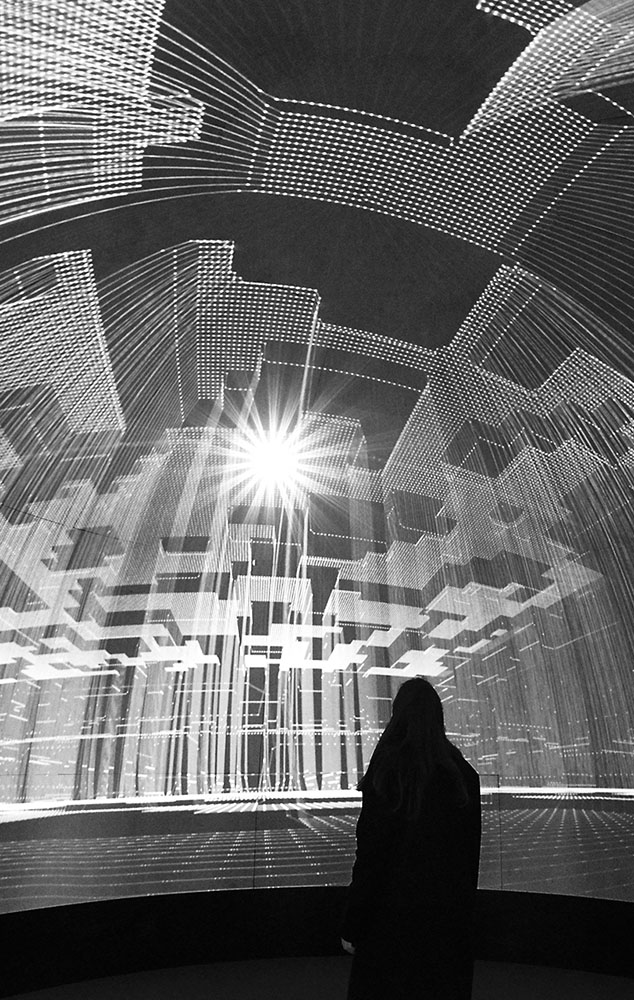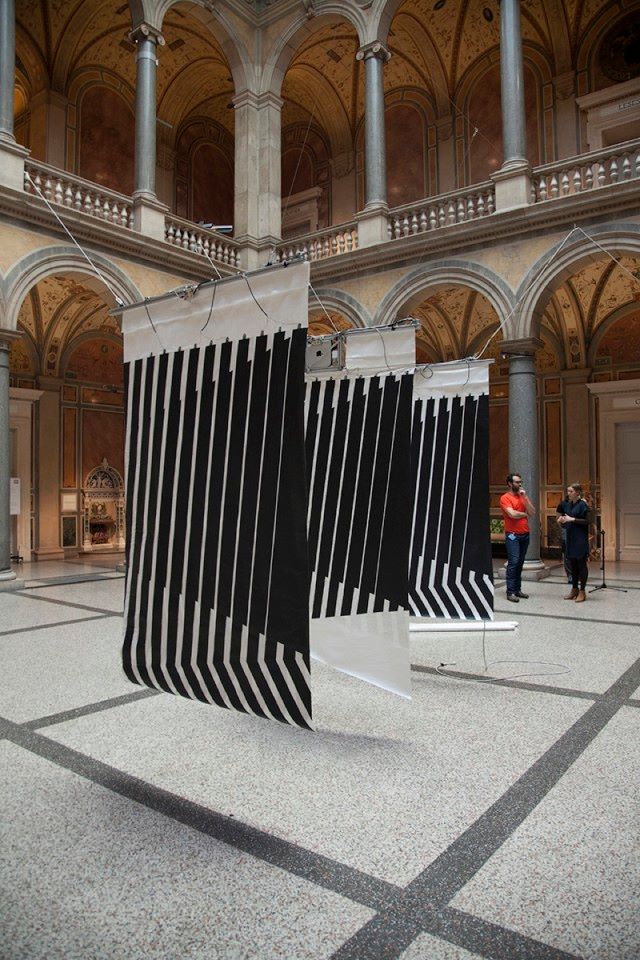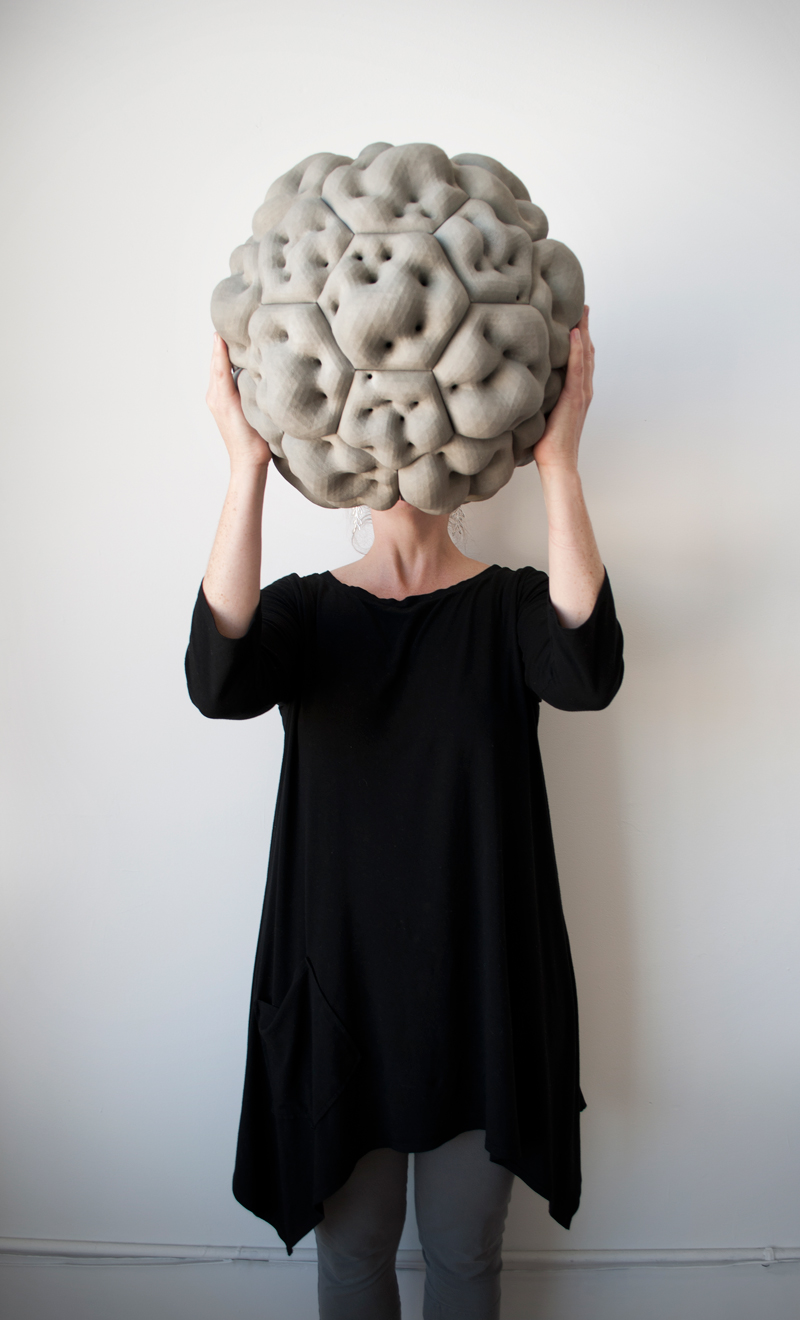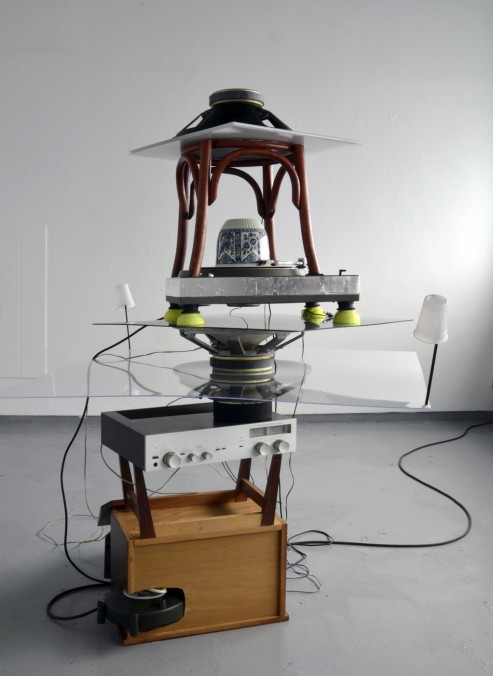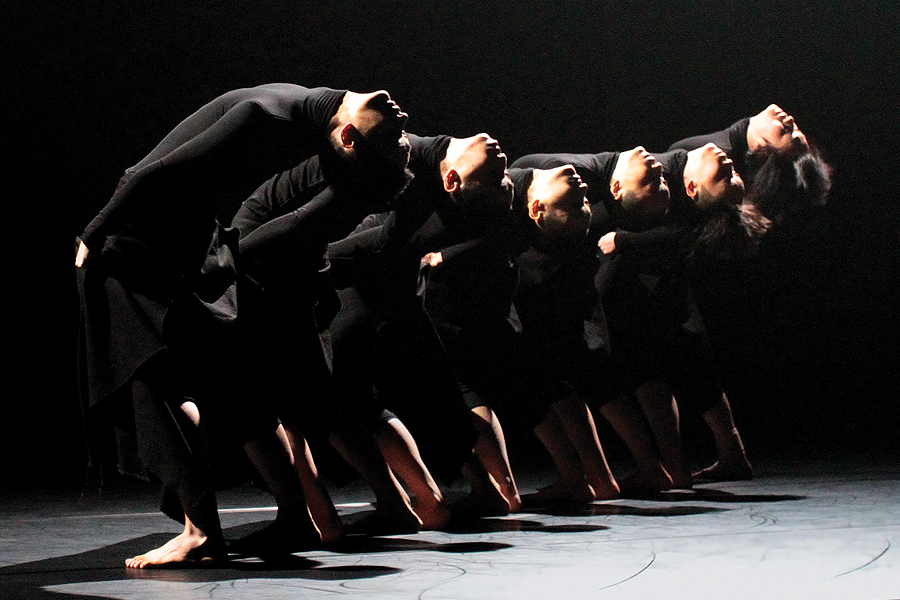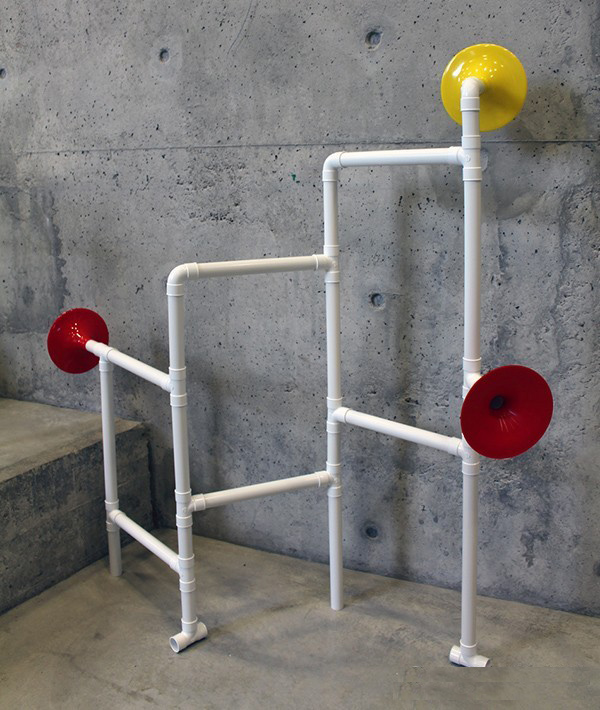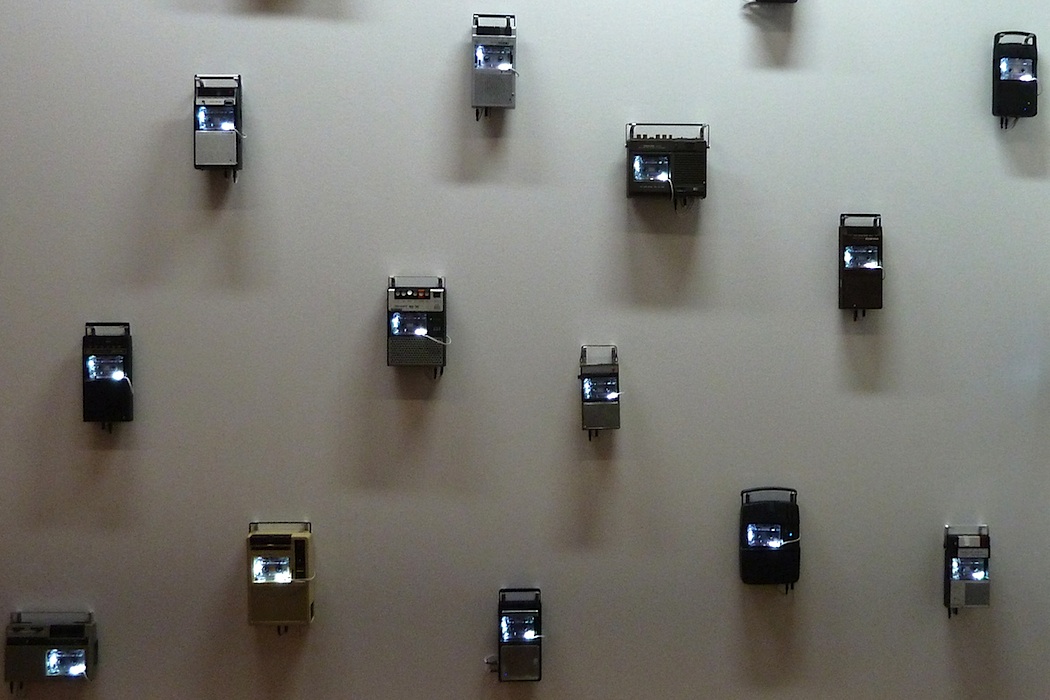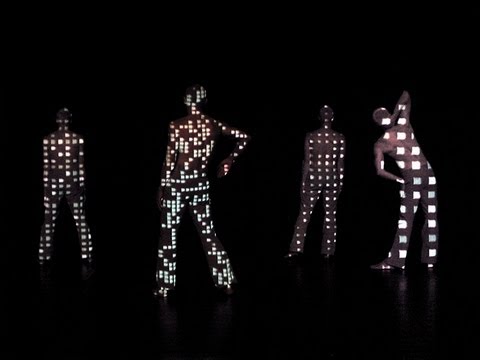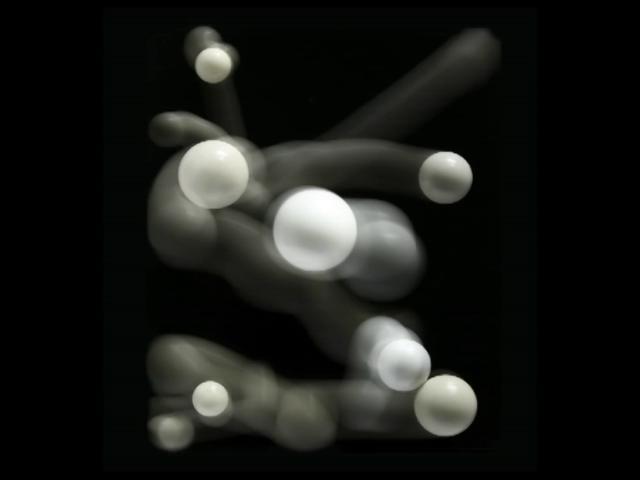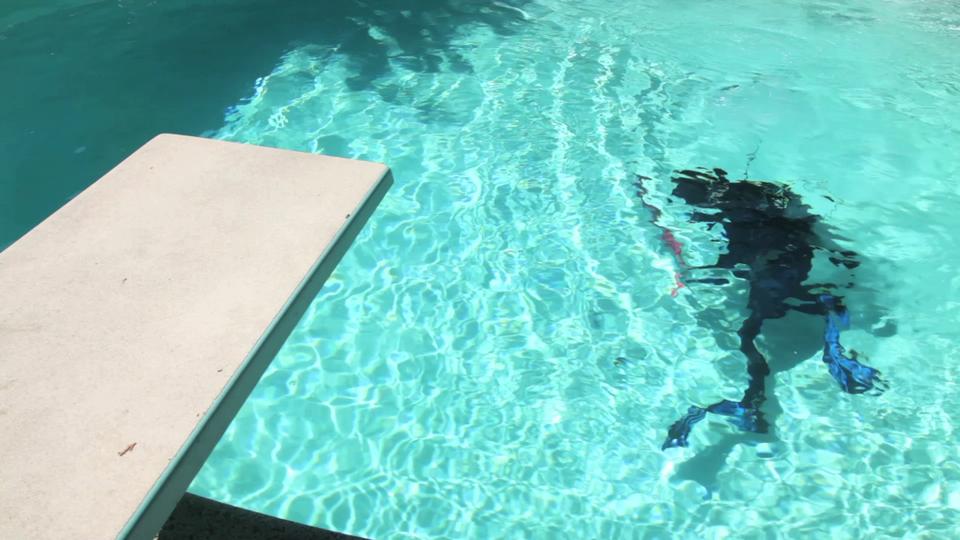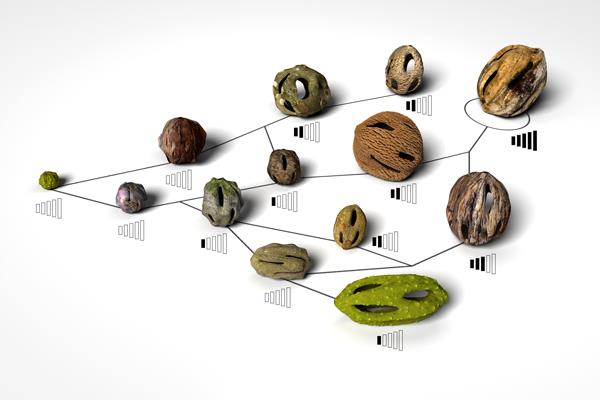
Ryoji Ikeda
micro | macro
micro | macro transforms Hall E in the MuseumsQuartier into an oversized world of moving images and sounds. In his immersive installation, multimedia artist Ryoji Ikeda creates a field of imagination between quantum physics, empirical experimentation and human perception. In collaboration with nuclear scientists at CERN, Ikeda has translated complex physical theories into a sensory experience. The Planck scale is used by scientists to denote extremely small lengths or time intervals. Concepts like space and time lose their meaning beyond this scale, and contemporary physics has to rely on speculative theories. And on art. Visitors to micro | macro enter a world of data, particles, light and sound that makes the extremes of the universe perceptible to the eye and ear. In the micro world we penetrate the smallest dimensions of the unrepresentable, while in the macro world we take off into cosmic expanses that allow us to experience the infinite space beyond the observable universe. In this maelstrom of data, an acoustic and visual firework bridges the gap between theoretical understanding and sensual perception.




